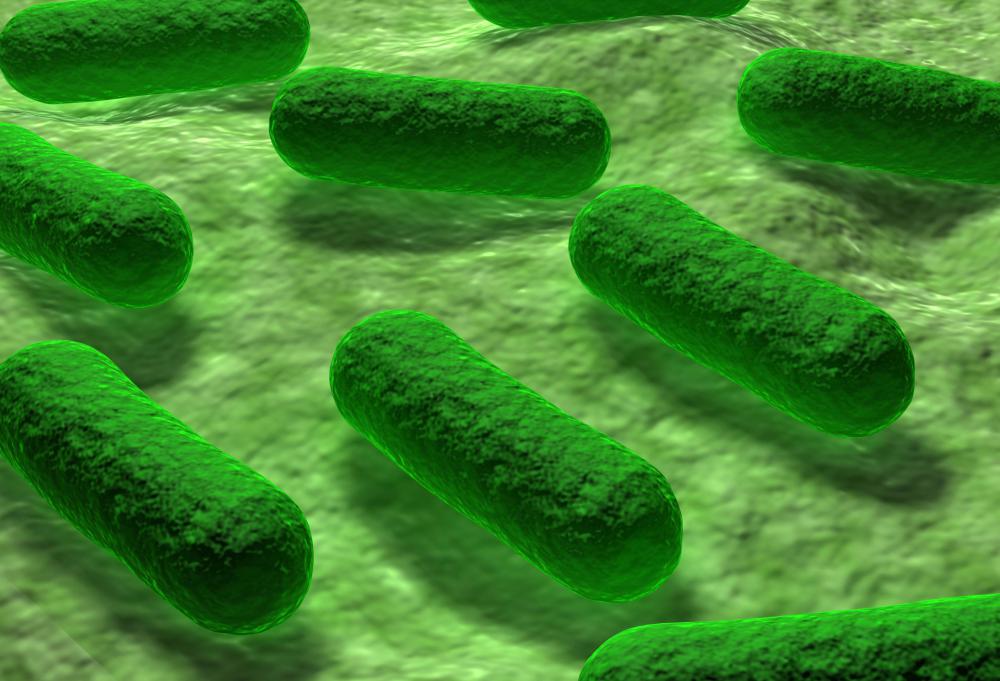At WiseGEEK, we're committed to delivering accurate, trustworthy information. Our expert-authored content is rigorously fact-checked and sourced from credible authorities. Discover how we uphold the highest standards in providing you with reliable knowledge.
What Are Snow Pea Sprouts?
Snow pea sprouts are young snow pea plants grown for human consumption. It takes about a week to grow a pea seed into a pea sprout, after which, the sprout, as it begins to develop leaves, becomes a pea shoot. These sprouts can be grown indoors year round, though they thrive outdoors when the weather is cool.
Any young plant that has emerged from its seed and not yet developed leaves can be referred to as a sprout. Snow pea sprouts are the seedlings of the snow pea plant, which is a member of the legume family. These plants are commonly cultivated for their edible seed pods and are grown all over the world, though they were first farmed in southern Asia. Like many other varieties of pea, the snow pea grows best in the cooler months and is resistant to frost. They often sprout in early spring or late fall, when the daytime temperatures remain below 65 degrees Fahrenheit (18 degrees Celsius).

It takes about seven days for a snow pea seed to grow into a full-sized sprout, and pea seeds that have been dried must be soaked in water for eight to 24 hours before they can be planted. While pea seeds that are intended to be grown into full pea plants are planted 1 inch (2.5 cm) deep, seeds planted for snow pea sprouts are usually left on the top of the soil, making them easier to harvest. The seeds germinate within a couple of days, and then the roots and stems and begin to grow. Sprout seeds are often kept in the dark so that they will grow taller in search of sunlight.
After a few days of growing, snow pea sprouts begin to form their first set of leaves at the top of the stem. At this point, the sprouts are ready to be harvested. The first set of sprouts can be cut off just above the seed and collected. In most cases, the seeds will then send up a second sprout which will be ready for harvest after another week. This second sprout will not usually grow as large as the first, and the seed will not usually produce a third sprout, having used up its resources.
Many people eat snow pea sprouts both for the health benefits and for their delicate flavor. The sprouts can be eaten raw or cooked though eating too many raw legume plants can sicken a person. Though there are many health benefits to eating snow pea sprouts in moderate quantities, they are prone to bacterial infection and have been known to cause severe outbreaks of salmonella and E. coli infections.
AS FEATURED ON:
AS FEATURED ON:











Discuss this Article
Post your comments